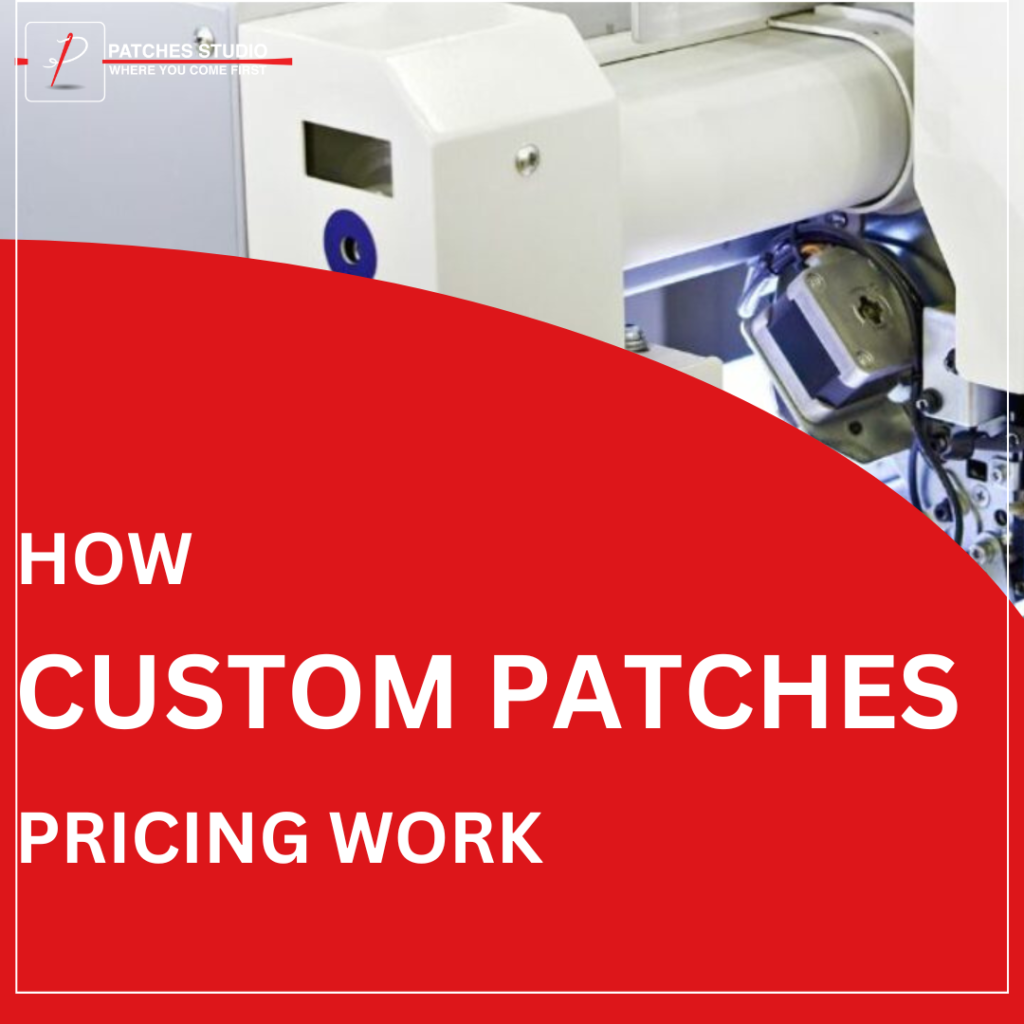How Custom Patch Pricing Works
Whether you’re a seasoned patch purchaser or embarking on your first order, ensuring fairness in pricing is paramount. However, comprehending the various elements impacting patch expenses might be unfamiliar. At Patches Studio, transparency is our priority. We’re committed to elucidating the diverse aspects of patch design and production contributing to the final price. It’s a straightforward process, and we’ll guide you through each component.
A Glimpse Into Embroidery's Past
Custom embroidered patches stand as an economical promotional tool today, but their history reflects exclusivity. Formerly, embroidery was a luxury reserved for the affluent and royalty. Before mechanization, hand embroidery was labor-intensive, attributing to its high cost. The slow production pace further limited accessibility. The invention of the embroidery machine by Izaak Grobli in the mid-1800s revolutionized production, democratizing embroidery. Advancements in technology, such as microprocessor-controlled machines in the late 1900s, enhanced precision and speed, making embroidery accessible to all.

Beyond Labor
In the evolution of patch production, the transition from manual labor to machinery marks a significant turning point. Historically, labor costs dominated the pricing structure of custom patches. However, with the advent of advanced machinery, particularly computerized embroidery machines, the landscape has transformed. Automation has streamlined the manufacturing process, drastically reducing labor expenses. This has made embroidery more accessible and affordable, leading to a democratization of patch production. Beyond labor, several additional factors now play a crucial role in determining patch prices. These factors encompass various elements of the production process, including materials, design complexity, order specifications, and attachment options. Understanding these factors is essential for both patch manufacturers and customers to navigate the pricing dynamics effectively.

Material Costs
Embroidery thread and twill backing are the foundational materials used in custom patch production. While these materials are generally low-cost, fluctuations in raw material prices and supply chain challenges can significantly impact overall expenses. Thread quality and color selection also contribute to material costs, with premium threads commanding higher prices. Additionally, the choice of backing material, whether standard twill or specialty backing, can affect both the aesthetic appeal and the cost of the patch.
Patch Size
Patch size is a critical determinant of pricing, as it directly correlates with material usage and production time. Larger patches require more embroidery thread and backing material, leading to higher costs. Conversely, smaller patches may be more economical to produce. However, the relationship between size and cost is not linear. There are economies of scale to consider, with larger orders often benefiting from volume discounts. Therefore, while size plays a significant role in pricing, order quantity also influences the overall cost per patch.

Order Quantity
Volume discounts are a common pricing strategy employed by patch manufacturers to incentivize larger orders. By scaling up order quantities, customers can benefit from reduced per-unit costs. This is because larger orders allow manufacturers to optimize production processes and achieve economies of scale. Additionally, consolidating orders can streamline logistics and reduce overhead expenses, further contributing to cost efficiency. Therefore, for customers seeking to minimize patch costs, ordering in bulk can offer substantial savings in the long run.

Embroidery Percentage
The extent of embroidery coverage, often referred to as embroidery percentage, is another key factor influencing patch pricing. Designs with higher embroidery percentages require more thread and stitching, resulting in increased production costs. Intricate designs with fine details or multiple colors may also necessitate specialized equipment and additional labor, further impacting pricing. As such, customers should consider the level of embroidery detail when designing custom patches to ensure they align with their budgetary constraints.

Attachment Options
The method of attachment is an essential consideration in patch design, as it affects both convenience and durability. Common attachment options include sew-on, iron-on, and hook-and-loop fasteners. Each attachment method has its pros and cons in terms of ease of application, permanence, and versatility. Sew-on patches offer a traditional and secure attachment but require sewing skills and additional labor. Iron-on patches provide a convenient and temporary solution but may not withstand repeated washing or extreme conditions. Hook-and-loop fasteners offer the flexibility to remove and reattach patches easily but may require additional materials and incur higher costs.
Other Considerations
In addition to the fundamental factors mentioned above, several other considerations can impact patch pricing. These include border styles, thread colors, specialty threads, and embellishments such as metallic or glow-in-the-dark thread. Each of these elements adds complexity and value to the patch, thereby influencing its final price. Customers seeking premium or custom-designed patches may opt for these additional features to enhance the visual appeal and uniqueness of their patches. However, it’s essential to weigh the added cost against the desired aesthetic and functional benefits to ensure a satisfactory outcome.
Prioritizing Value
When investing in custom patches, prioritizing value over mere price is crucial for achieving the desired outcome. While cost is undeniably a significant factor, it should not be the sole determinant in decision-making. Instead, customers should consider factors such as quality, durability, and alignment with their brand or organizational identity. Choosing a reputable and experienced patch manufacturer can ensure the highest standards of craftsmanship and customer service. Additionally, seeking personalized assistance and expert advice can help customers make informed decisions that maximize the value of their patch investment.
At Patches Studio, our experienced team is dedicated to maximizing the value of your patch investment. Contact us for a free quote and personalized assistance with your order.
Lorem ipsum dolor sit amet, consectetur adipiscing elit. Ut elit tellus, luctus nec ullamcorper mattis, pulvinar dapibus leo.







